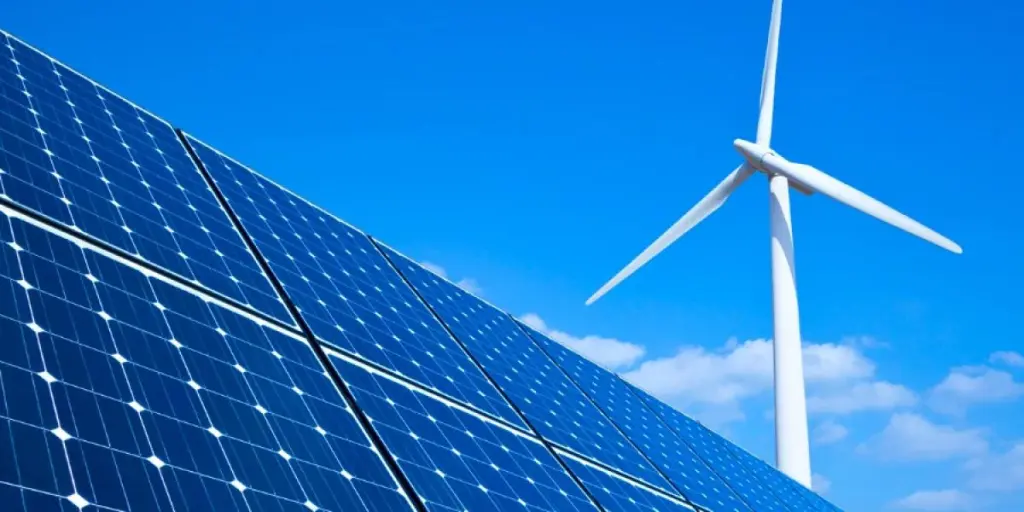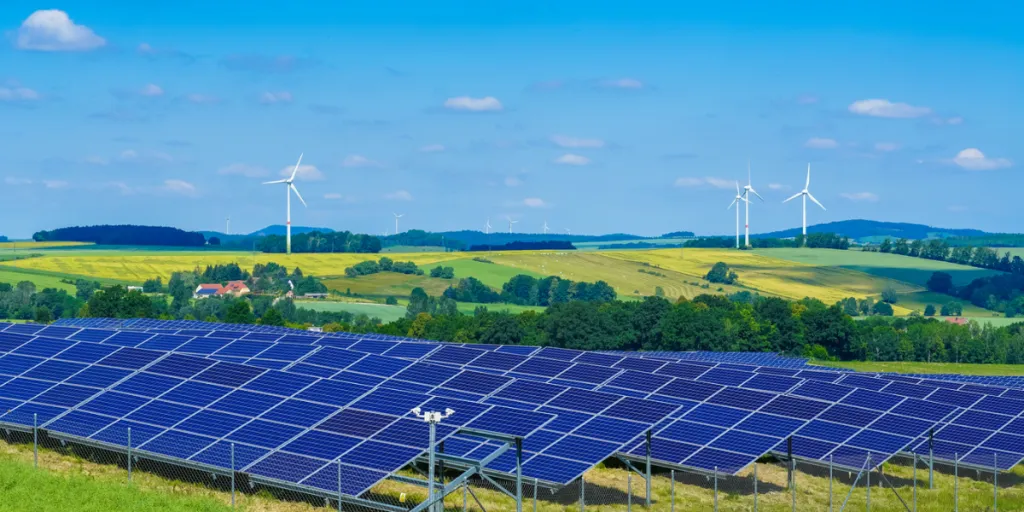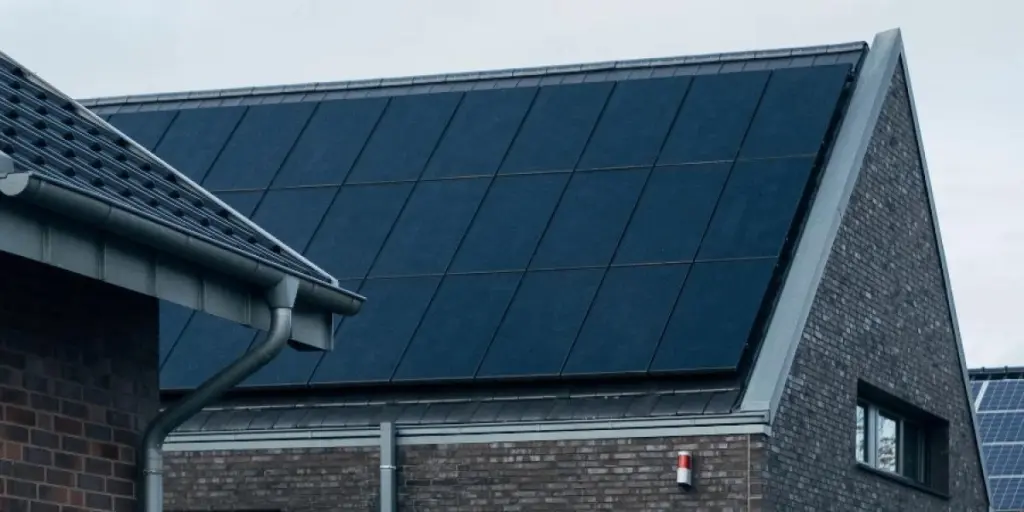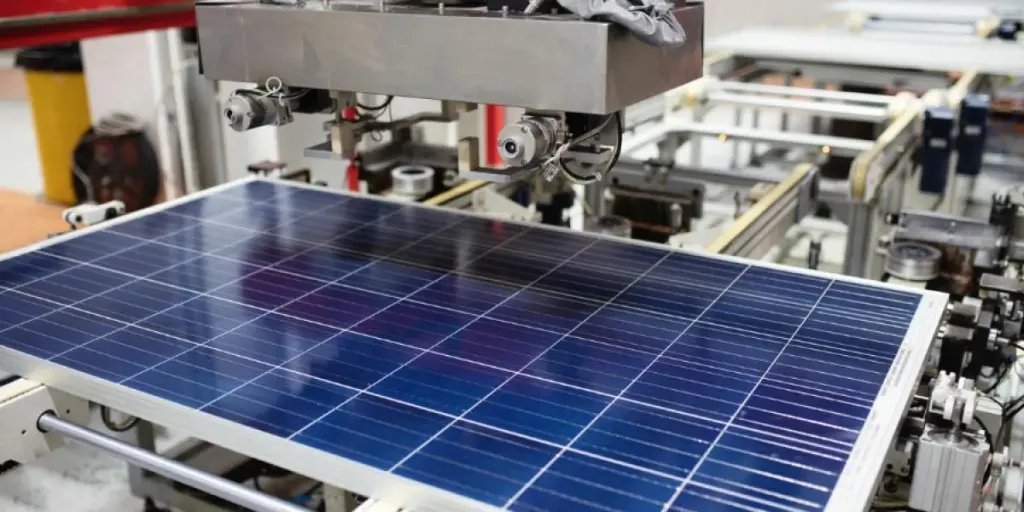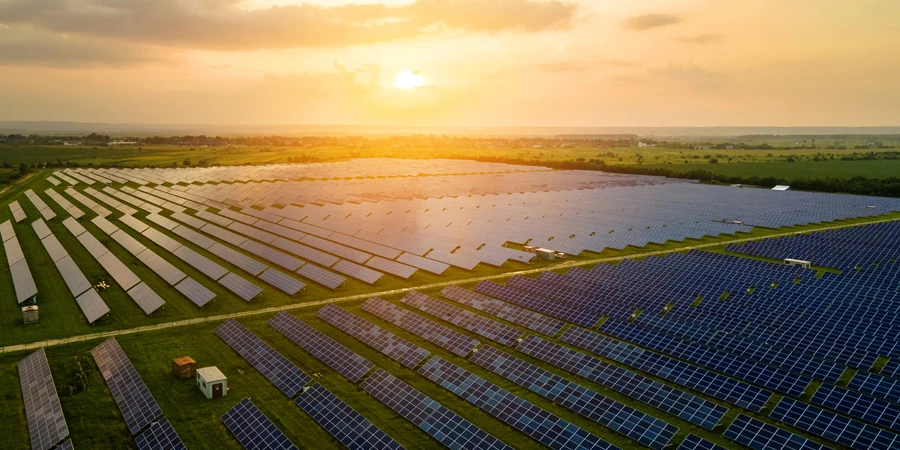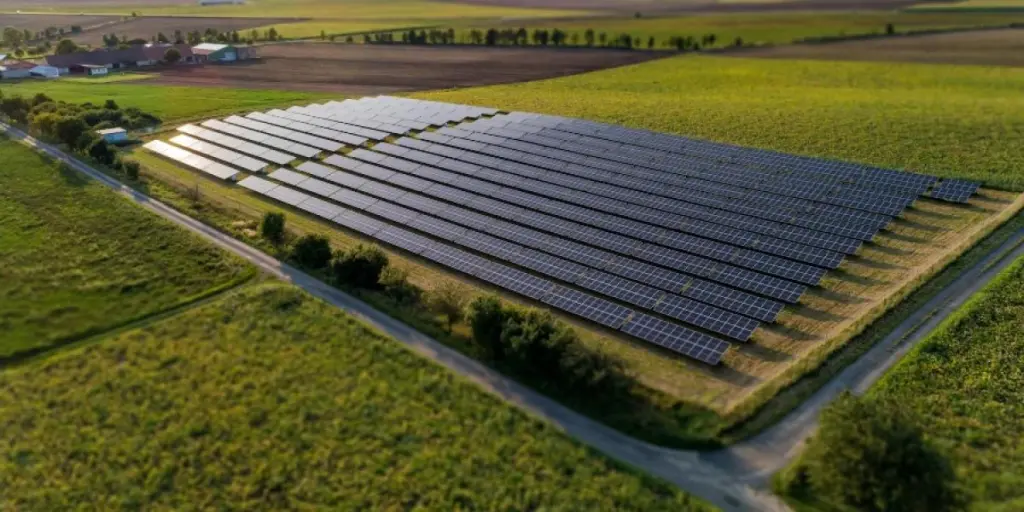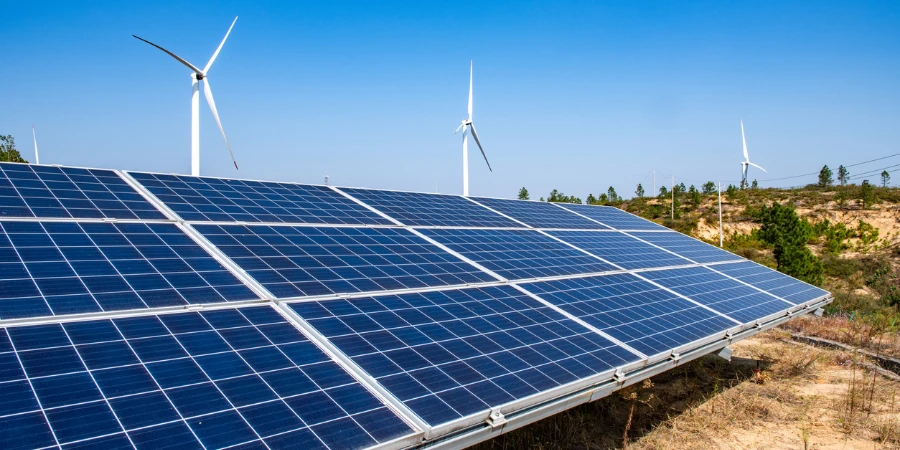By mid-century the levelized cost of energy (LCOE) for solar PV will be $0.021/kWh, a new report by risk management company DNV predicts. The learning rate for solar is predicted to decrease from 26% to 17% by 2050.
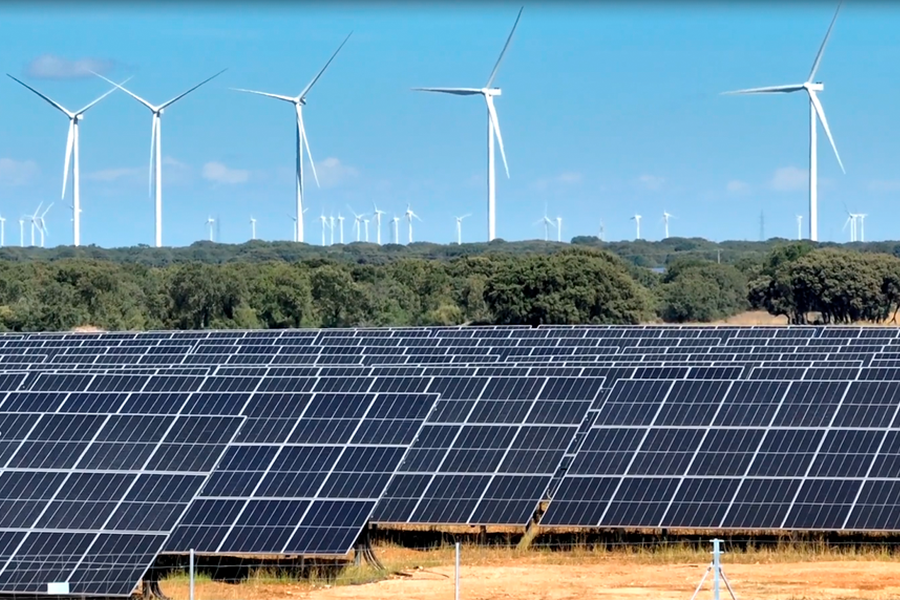
By 2050 the levelized cost of energy (LCOE) for solar PV will be $0.021/kWh, the international registrar and risk management company DNV, based in Norway, predicts in a new report published today. The Energy Transition Outlook 2023 – a 211-page document charting global and regional renewable energy trends until mid-century – prophesizes some solar PV’s LCOE will be already close to $0.020/kWh by 2025.
A reduction in unit investment costs, now valued at $870/kW, led to the decline, the report states. “As solar PV installations continue to double, these numbers are bound to drop, landing below $700/kW shortly after 2030 and shrinking further to $560/kW by 2050.”
The learning rate for solar is predicted to decrease from 26% to 17% by 2050, with the figure settling as cost components “adjust to decreasing expenses.” By the middle of the century, solar PV will retain its position as the world’s cheapest energy source, with a combined capacity of 15.3 TW – a 13-fold growth from 2022. But as solar grows so will storage, with the report stating, “We predict most of the global solar capacity additions to integrate storage”.
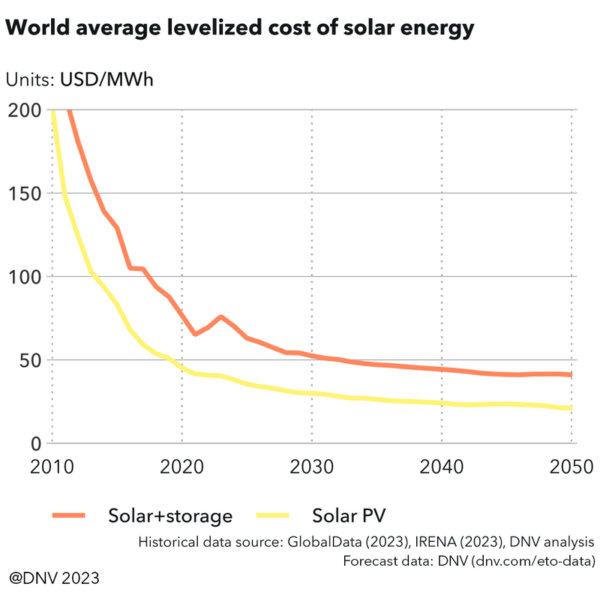
The Energy Transition Outlook 2023 expects solar to reach 54% of installed generation capacity by 2050, but only represent 39% of the world’s grid electricity generation. “The efficiency or the capacity factory of solar power stations trail behind other renewable energy sources like wind and hydropower,” the document states, “nevertheless, the underlying cause of solar’s rapid proliferation lies in its dwindling costs.”
DNV expects China and the United States to continue leading global solar PV installations for the next two-and-a-half decades, however, both countries will experience “a slight dip” by 2050 as they reach installation saturation. India, the Middle East and North Africa will creep up in the solar hierarchy, nearly tripling their shares, from 6% and 3% in 2022 to 14% and 12% by mid-century, respectively.
Solar taking over fossil fuel generation will differ per country and respective policies, with the report predicting solar surpassing fossil fuel generation in Europe in 2030 because of the region’s, “world-leading decarbonization agenda and supportive solar policy.” But this “overwhelming surge in solar” will have a knock-on effect on other renewable energy generators and the nuclear sector, leading to a slight decrease in shares.

Non-fossil fuel energy – solar PV, wind, hydropower, bioenergy and nuclear – is expected to make up 52% of the primary energy mix by 2050, which is a different prediction from DNV’s 2022 forecast, the new outlook report states.
*The article has been updated on October 11 to specify that the world’s cumulative PV capacity will reach 15.3 TW by 2050, and not 8.8 TW, as we previously reported.
This content is protected by copyright and may not be reused. If you want to cooperate with us and would like to reuse some of our content, please contact: editors@pv-magazine.com.
Source from pv magazine
Disclaimer: The information set forth above is provided by pv-magazine.com independently of Alibaba.com. Alibaba.com makes no representation and warranties as to the quality and reliability of the seller and products.
